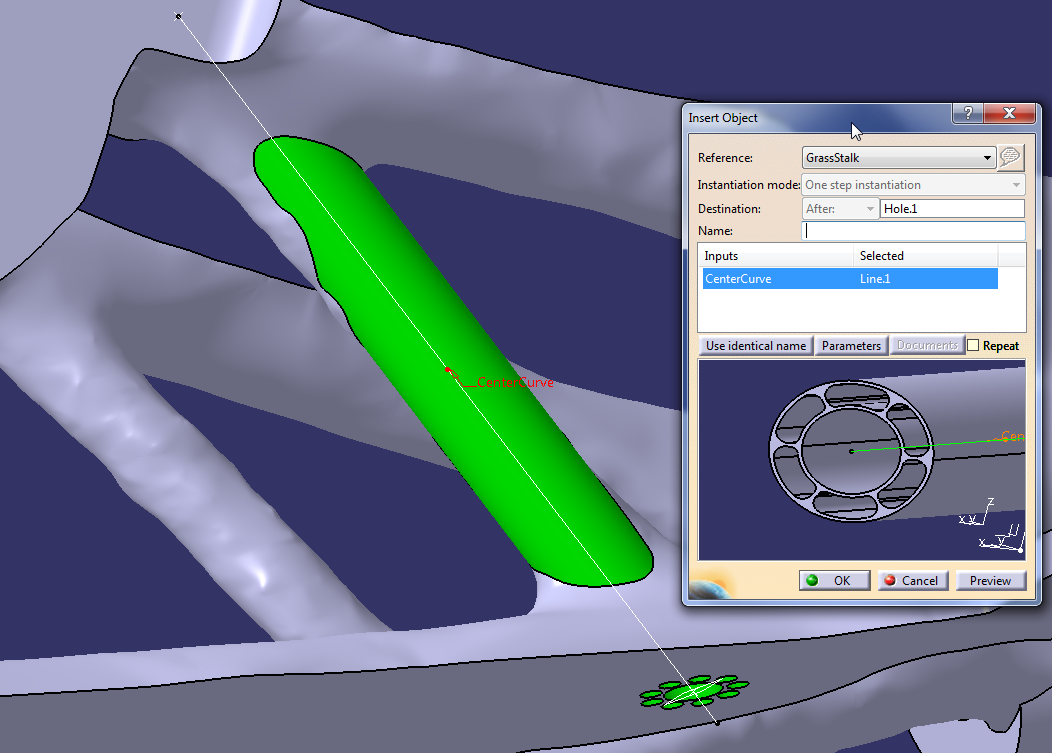
Example of automatically incorporating bionic features into aircraft structural design. CENIT is creating a catalog of such features, integrated with CATIA CAD software. (Image courtesy CENIT)
Latest News
March 15, 2018
CENIT, a Stuttgart-based digital transformation consulting company, has just reported results of its first year of work on the European Union (EU)’s Bionic Aircraft project: the initial phase of its automated design toolbox.
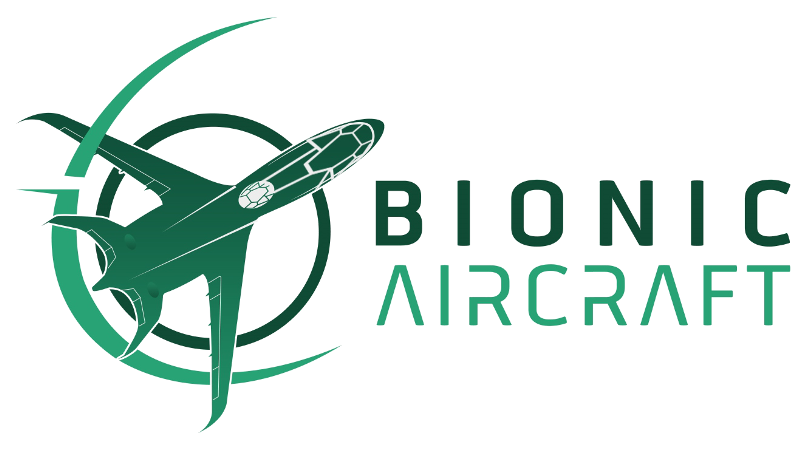 The Bionic Aircraft project is designed to minimize resource use across the complete aircraft life-cycle. Consortium members from six European countries are applying 3D printing to the challenge. This project has received funding from the European Union’s Horizon 2020 research and innovation programme under grant agreement No 690689. Image courtesy Bionic Aircraft Consortium.
The Bionic Aircraft project is designed to minimize resource use across the complete aircraft life-cycle. Consortium members from six European countries are applying 3D printing to the challenge. This project has received funding from the European Union’s Horizon 2020 research and innovation programme under grant agreement No 690689. Image courtesy Bionic Aircraft Consortium.Based on Dassault Systèmes CATIA CAD software, this will be no ordinary CAD design package. CENIT is one of 10 EU partners working to develop technologies, tools and concepts to enhance the resource efficiency of aviation for the entire lifecycle of an aircraft. Key to this achievement will be light-weighting of components. The strategy is to draw upon the possibilities found by using new materials, additive layered manufacturing (ALM or just AM) and bionic design that mimics cellular structures and bone growth. CENIT’s assigned task is to radically simplify the design process.
Reducing Emissions, One Aircraft at a Time
The Bionic Aircraft project is a three-year effort that began in September 2016 and draws on the expertise of five industrial partners, two research centers, a university, a subject-matter expert and a standards organization (see below). Driving the effort is Airbus, which has already successfully worked with bionic design to create a radically lightweight fuselage partition-wall and is now seeking improved solutions for the entire aircraft, both physically and operationally. As the company puts it, any weight savings created in an aircraft today will have fuel-saving effects for decades of operation in the future.Project goals are:
- weight savings up to 30%,
- development of new innovative high-strength aluminum alloys with specific density 40% lower than that of titanium,
- increased material exploitation (more than 90%),
- increased energy efficiency in processing (more than 35%),
- enhanced service life through new, innovative repair technologies for AM parts, and
- increased recycling rate of waste parts (more than 95%).
With a budget of almost 8 million euros ($9.91M US), the program has been broken into 10 work projects that encompass bionic design, materials and processes, quality assurance and repair/recycling. CENIT’s work covers three subtopics: development of a toolset for automated bionic design, development of a toolset for automated generation of AM-part support structures, and support for numerically controlled and robotics programming.
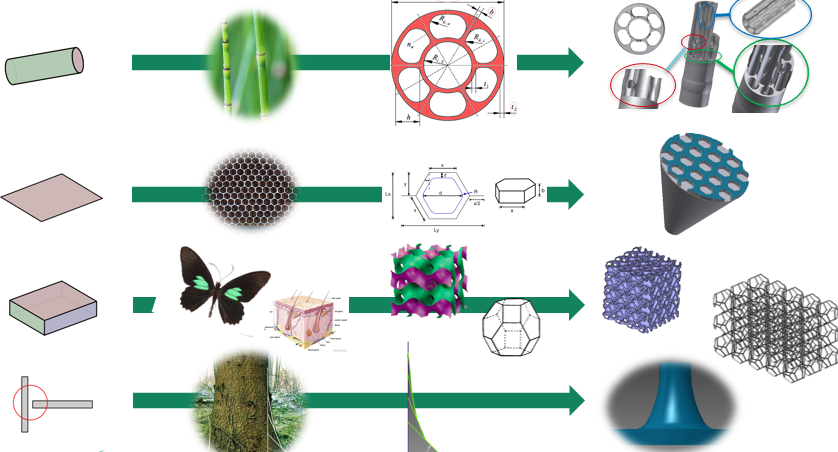 Structures from nature serve as inspiration for 3D CAD model features, as CENIT develops an automated bionic-design toolbox. The work is geared to additive manufacturing of aircraft and supports the Bionic Aircraft project. Image courtesy CENIT.
Structures from nature serve as inspiration for 3D CAD model features, as CENIT develops an automated bionic-design toolbox. The work is geared to additive manufacturing of aircraft and supports the Bionic Aircraft project. Image courtesy CENIT.CENIT is creating a CATIA-based CAD catalog of parametrically defined bionic features. “This provides an automated toolbox to support the cost- and time-intensive manual interpretation and design of topologically optimized components in CAD,” says Jochen Michael, CENIT project manager. “The parameterization of features also lets the designers adjust geometries more easily,” for additional efficiency and quality.
By the time the Bionic Aircraft project concludes in August 2019, CENIT expects to have developed a CAD catalog of 10 to 15 bionic features. Examples include smooth transitions between features (perpendicular or near so) using fillet connections based on tree-trunk-to-root configurations, and beams or rods with multiple internal channels that mimic the internal structure of bend-resistant grass stalks.
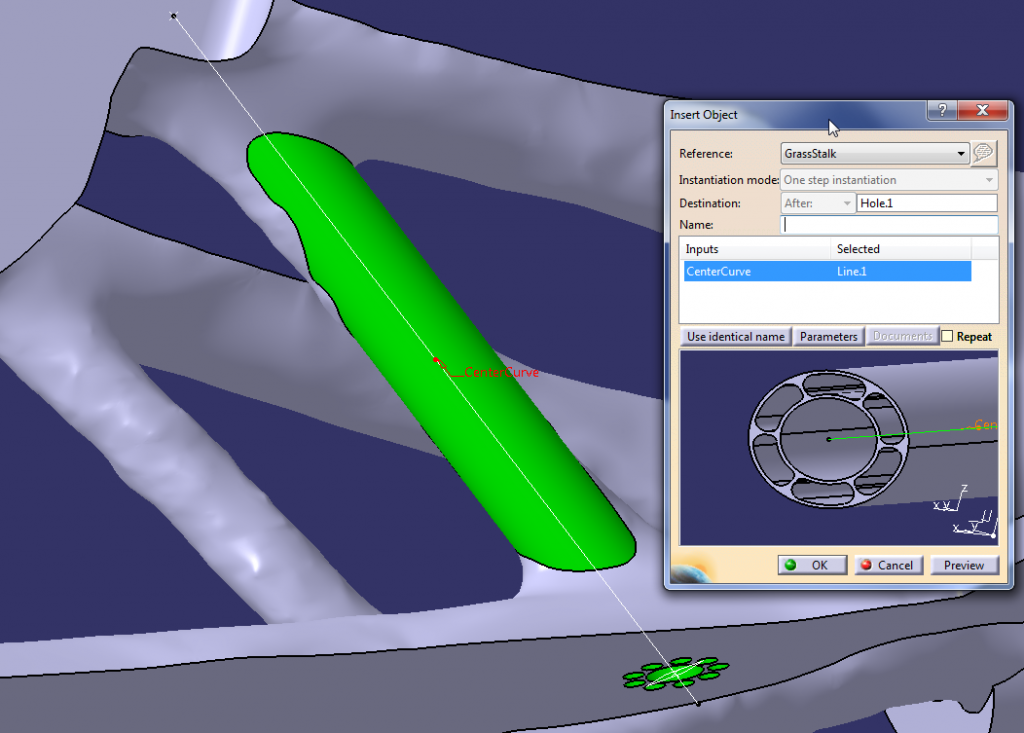 Example of automatically incorporating bionic features into aircraft structural design. CENIT is creating a catalog of such features, integrated with CATIA CAD software. Image courtesy CENIT.
Example of automatically incorporating bionic features into aircraft structural design. CENIT is creating a catalog of such features, integrated with CATIA CAD software. Image courtesy CENIT.Small design changes like this have already proven to significantly reduce the risk of component failure. These improvements will be adaptable to existing CAD models with just a mouse click. To date, no CAD program offers such bionically optimized features.
Optimizing the Full 3D Printing Process
Additional CENIT work involves preparing the aircraft component for production on powder-based AM systems, which for metals especially requires design of support structures and optimum placement of the parts in the build volume.Collaborating with the Fraunhofer-Institut für Additive Produktionstechnologie (IAPT), CENIT is defining and automating the generation of these often-complex support designs. Important considerations include tensile strength, powder consumption, support style (such as graded lattices), removability of support structures and the surface quality of the part after post-processing. The team is also defining values for the many possible AM build parameters, as tailored to the new aluminum alloys.
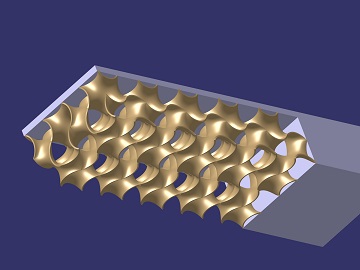 Concept for metal AM support structure design. (Image courtesy CENIT)
Concept for metal AM support structure design. (Image courtesy CENIT)To further simplify the entire design process and avoid any data-loss through translation between packages, all features and tools will be available through a direct CATIA interface. CENIT is working with Aconity GmbH on this development.
The Bionic Aircraft consortium members will meet for a project review in Brussels, Belgium on 18 April 2018. For further information contact the project coordinator, Philipp Imgrund of IAPT.
Bionic Aircraft Consortium Members
Airbus Operations GmbH (Germany)
CENIT AG (Germany)
Enlyte LTD (UK)
Fraunhofer-Institut für Additive Produktionstechnologie IAPT (Germany)
Hexagon Metrology (Italy)
Hexagon Technical Center (Switzerland)
Technical University of Hamburg/Institute of Laser- and System-Technology (Germany)
tecnalia (Spain)
Tekna Plasma Europe (France)
Subscribe to our FREE magazine, FREE email newsletters or both!
Latest News
About the Author
Pamela Waterman worked as Digital Engineering’s contributing editor for two decades. Contact her via .(JavaScript must be enabled to view this email address).
Follow DE





